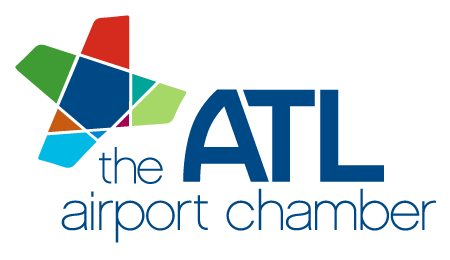Atlanta Ranks Among Nation’s Fastest-Growing Life Science Labor Pools
Friday, April 7th, 2023
Atlanta boasted one of the nation’s fastest-growing life sciences labor pools between 2019 and mid-2022, according to a new report from CBRE. The city’s 20% life sciences job growth ranks it as the 10th fastest growing U.S. market, surpassing the national average growth of 13.7%.
Research & Development employment growth has been particularly strong. Atlanta ranked 4th nationally with a 44% growth rate since before the pandemic (2019). The city has approximately 18,204 people working in the life sciences industry, including 5,597 in Research & Development specifically.
The reason for Atlanta’s continued life science growth is twofold. The city secured $708 million in NIH funding last year, the 14th highest in the nation. Emory University received nearly $560 million of that total, followed by Georgia Tech with $50.4 million and Georgia State with $44.9 million. These universities also helped add to Atlanta’s life sciences employment base, producing some 2,000 college graduates in biological and biomedical sciences in 2020.
“While Atlanta is still an emerging life sciences market, we’re experiencing a few positive fundamental trends. The first is our job growth and the rate of local graduates with biomedical degrees. The second is our influx of NIH funding to local universities,” said Steve Barton, Senior Vice President with CBRE in Atlanta. “All of this, combined with new life science projects being built, puts us in a great position for continued growth in this sector.”
National Outlook
Several metrics point to the U.S. life sciences industry and the real estate that houses it proving resilient during the current economic slowdown. Among those factors: a growing total of clinical trials for new drugs, persistent job growth, more federal funding, and ample cash reserves for the industry’s larger companies.
CBRE forecasts that cumulative square footage of lab space in the largest 13 U.S. life sciences markets, already having expanded by 47% in the past five years, will increase by another 22% within the next two years to 220 million sq. ft. as projects currently under construction are completed. Nearly a third of that space under construction is pre-leased.
That’s not to say the life sciences sector is immune to the economic slowdown. Recent turmoil in the banking sector is likely to hamper venture capital funding this year for startup life sciences and tech companies. Initial public offerings by life sciences companies have fallen off. Job growth for life sciences professions slowed to a 4.1% gain in January 2023 from 6.4% a year prior. And U.S. lab vacancy rose to 5.7% in the fourth quarter from 5.1% in the third, though it remains low relative to many other real estate sectors.
Other indicators, especially in drug discovery and development, point to more growth for life sciences. Globally, the number of clinical trials increased to 444,567 by March 2023, up 36% from 2020, according to the U.S. National Library of Medicine. In the U.S., the number of new Phase 2 and 3 clinical trials – when life sciences companies most often expand their operations – ramped up over the past decade to exceed 3,000 in each of the past three years.
Additional indicators: Annual funding from the National Institutes of Health has risen by 62% in the past decade, including an increase to $47.5 billion this year from $45.2 billion last. And U.S. life sciences companies had a cumulative $200 billion in cash reserves last year, a decline from the previous three years but still higher than 2018 and before. That capital could be a resource for mergers and acquisitions of smaller biotech companies.
To read the full report, click here.
Article courtesy of Metro Atlanta CEO, published April 7, 2023.

